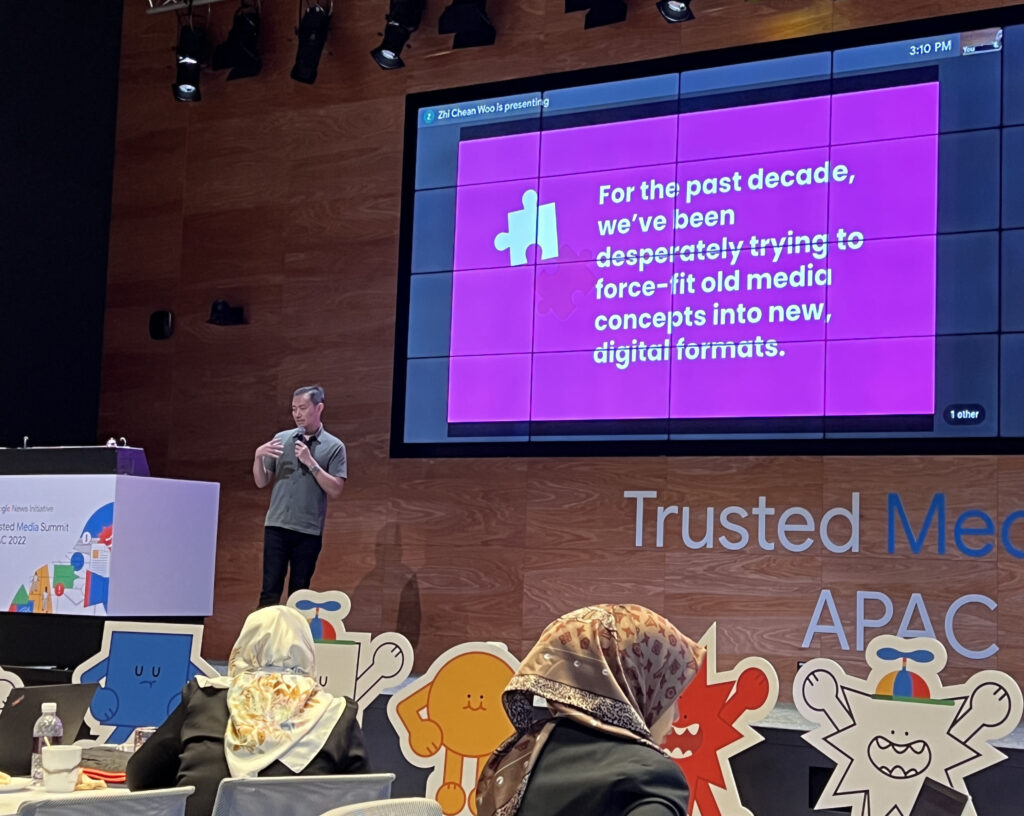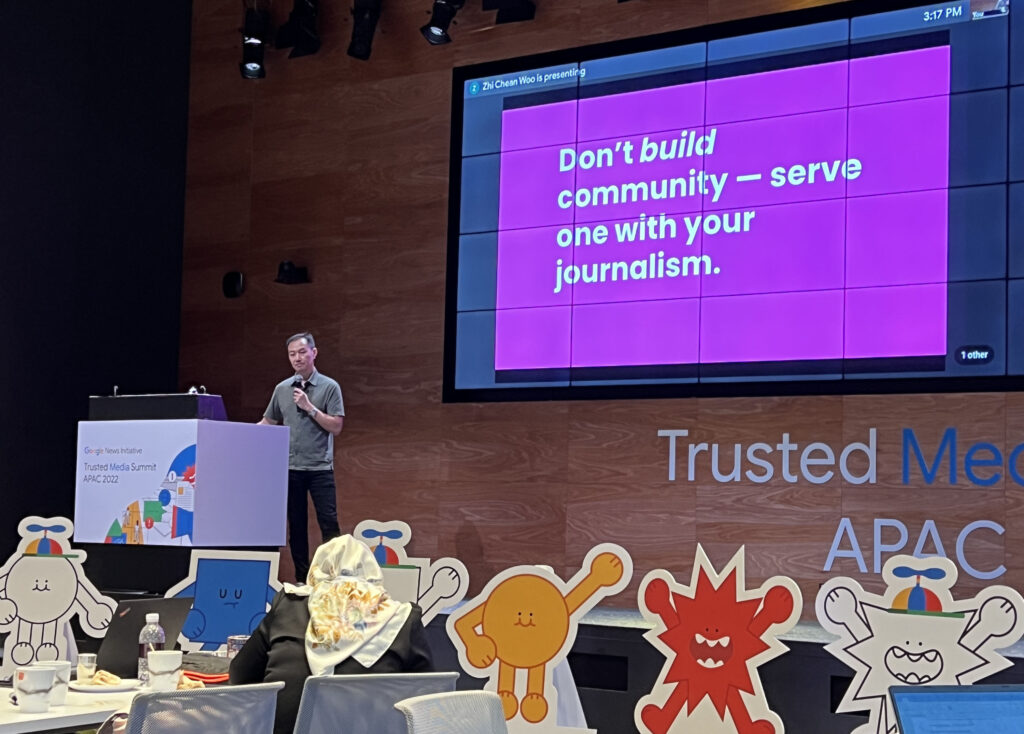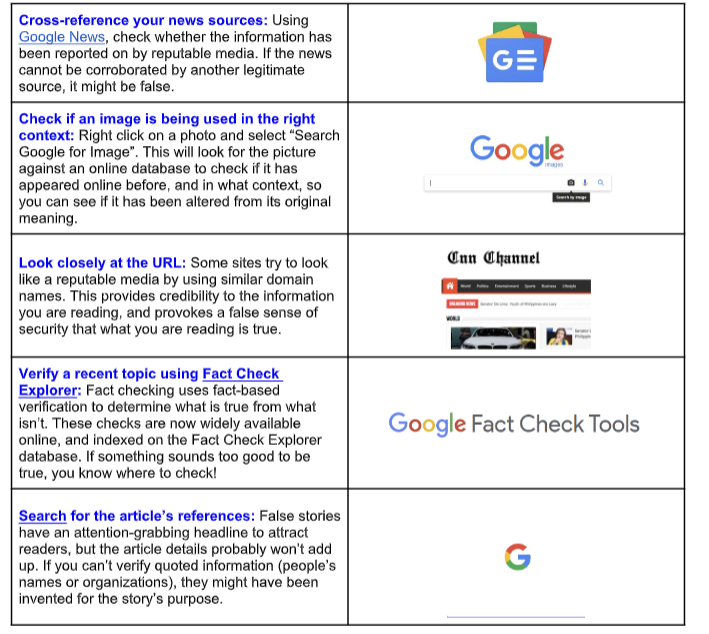Building this movement for facts
“WHY are you still posting fact-checking stories?” “The elections are over,” are some comments I receive on my short videos I created for #FactsFirstPH. This first-of-a-kind initiative aimed to debunk the dubious claims online, make facts spread faster and farther than hate and lies, flag disinformation narratives and actors, and hold online perpetrators accountable. Though the collaboration was started early this year, I continued to focus on fact checks and media literacy because disinformation continues to thrive on social media platforms. Despite the negative comments, the positive feedback from my community makes it worthwhile to create and amplify short videos about facts.
“How will we work together to build this movement for facts?” is one question asked at the fifth annual APAC Trusted Media Summit (www.trustedmediasummit.com) recently held at the Google APAC headquarters in Singapore. After two years of fully virtual events, this year’s Summit was a hybrid event, with an online regional gathering on September 20 and an in-person element in select locations. The annual summit brought together journalists, fact-checkers, educators, researchers, activists and policymakers who are fighting misinformation across the Asia-Pacific region. It was a wonderful opportunity to network and share best practices in the areas of fact-checking, verification, media literacy and research.
The great lineup of speakers, including keynote speakers 2021 Nobel Peace Prize Laureate Maria Ressa and Bellingcat founder Eliot Higgins, provided inspiration to work closely together. Higgins elaborated: “If we want a more sustainable and widespread approach to countering misinformation, we need to think in terms of building communities and empowering individuals to make a difference.” In addressing our APAC neighbors, Ressa’s advice was, “Do this early now. I wish we had built #FactsFirstPH earlier — years earlier — to be able to collaborate against the onslaught of lies, to win the battle for facts. It’s an existential moment for all of us. Journalists are at the front line. We need to collaborate, to work together. I hope as you walk into elections in your country that we not only work domestically but also work together globally.”
One of my favorite topics on the second day was “From content to community: Why the future of media is user-centered, demand-driven and interest-based.” For fact-checking to be effective, the community must find it relevant to their needs. Alan Soon, co-founder of Splice Media (splicemedia.com) defines media beyond content that informs, educates, entertains and helps you make decisions. Splice’s definition of a modern media business is one that connects intention plus attention. Many insights provided by Soon gave me ideas to adjust my content strategy. He explains that “a modern media business helps people solve problems and make decisions every day.”
In Ressa’s keynote, she asked, “How can we as journalists on the front lines rebuild trust?” But Soon points out that “the point of journalism isn’t about making more content. It’s also not about trust. You can’t build trust without first being relevant. Or useful.”
Soon adds that “for the past decade, we’ve been desperately trying to force-fit old media concepts into new, digital formats. The biggest mistake that media companies make is to assume that the internet audience is a mass one.” While Splice’s definition is for a modern media business, it could also apply to content creators or independent journalists. Soon explains that one has “define yourself by the need you serve, not by the number of articles, videos, podcasts you produce. Or page views you get.”
If the future of media is user-centered, demand-driven and interest-based, it is time to create content that matters to their daily lives, like the high prices of food or transportation. Or engage the community if this story mattered. As Soon concludes his presentation, he stated we are not in the media business, but in the business of helping people solve problems and live better lives. While building a movement for facts entails a collaboration of individuals, organizations and coalitions, understanding the audience and the media landscape is the key. Ask. Listen. Act.
First published at the Sunday Business & IT, September 25, 2022





